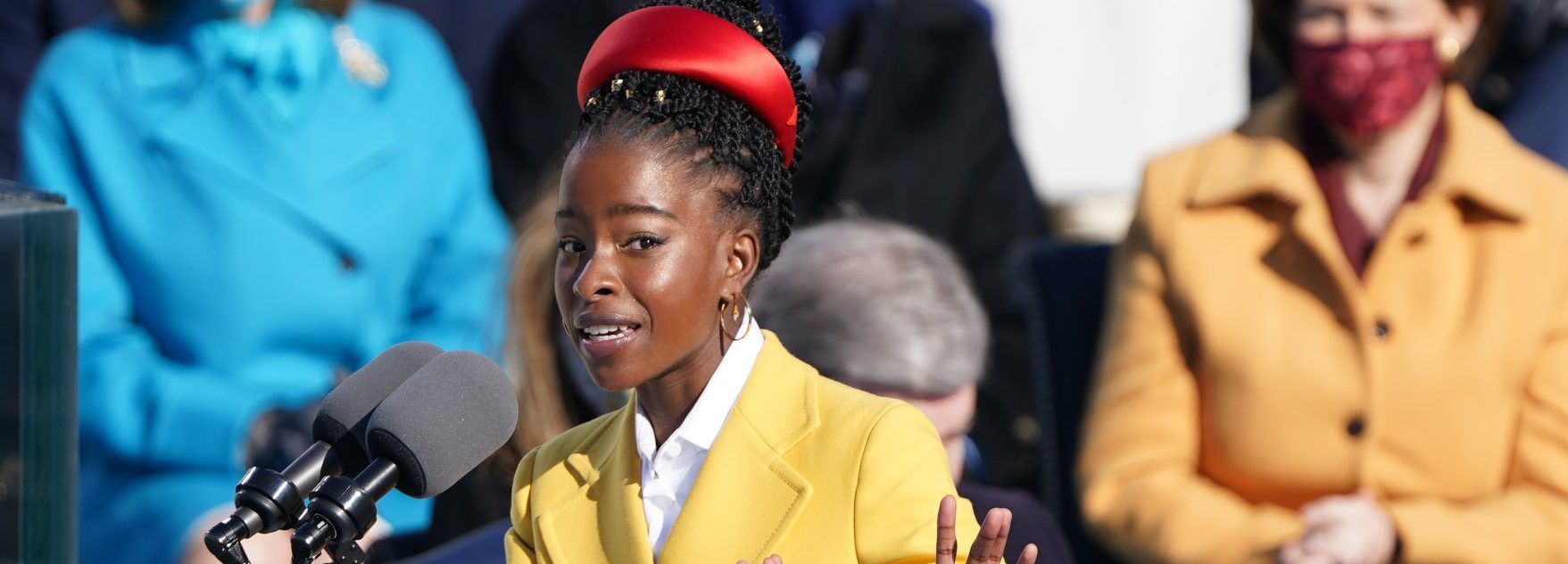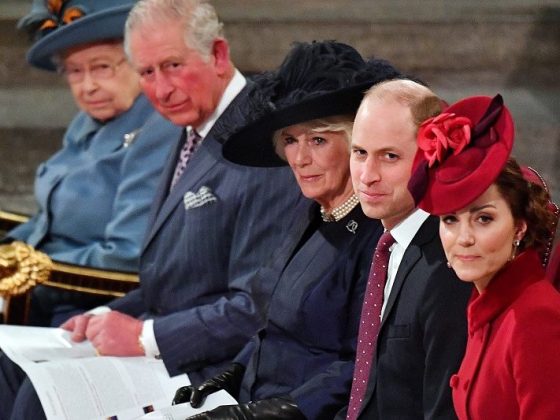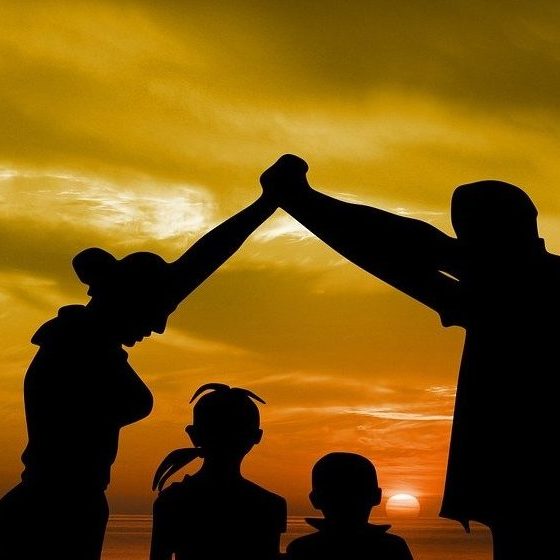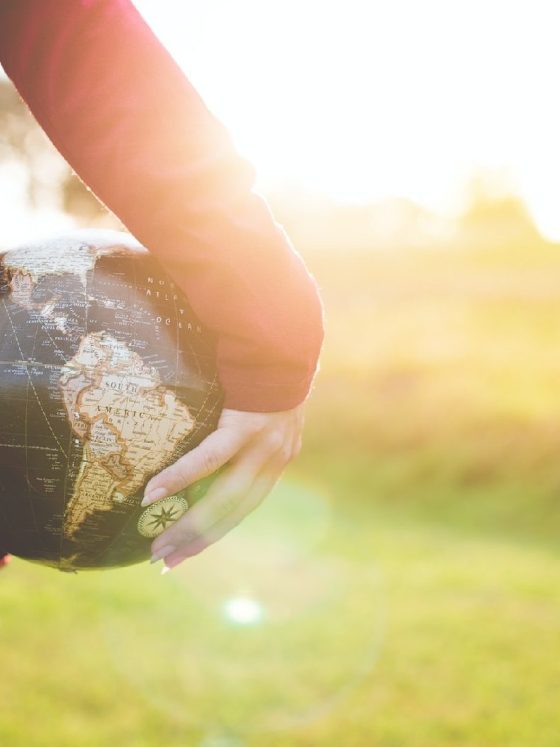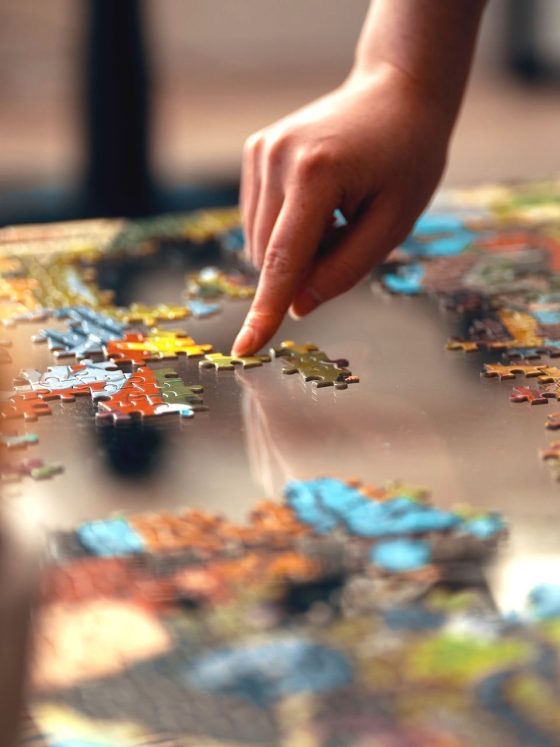Young Black American poet Amanda Gorman burst into the world consciousness when she recited her masterpiece work at the inauguration of US President Joe Biden.
Instantly her talent received high acclaim, but then the controversy began. A public counter-movement surrounding the translation of her poem into other languages argued that Gorman’s writings should be translated by a Black artist, not a White poet, which prompted a laureate Dutch writer assigned to the project to withdraw from it. A male Catalan translator was also considered not suitable for the job after finishing the commission. Has socio-political correctness gone one step too far? Not really.
“It is better not to fight racism directly, but to reinforce the value of unity among human beings. In human connection we emphasize the differences and distinctions with all their might, but not against them, not in order to be proud and boastful, but only to open up, add color: the private nuance to the whole. And it is beautiful, like a rich painter’s palette of hues.”
Any work of literature, both in writing or translating it, is a great and complex task. It is important to maintain its strength, tone, and style, and is equally important to identify with the person’s vision and know how to express it from its root. The argument that a White person cannot translate a Black person is not necessarily racist. For instance, someone who is not close to the way of thinking of the author, his or her origin, culture, background, and way of life may err in the text’s translation and miss the spirit of the writer.
In a literary text it is possible to identify every detail of the writer, where the person was born, his or her upbringing, and the environment where someone grew up. We can also spot who and what the person is, a man or a woman, one’s beliefs or nationality. A literary work, even a musical one, reveals the conscience of the soul, the inwardness of the heart of the creative person. It is therefore not good to obscure this uniqueness, to dilute it from the original. Exchanged cultural background would dull it. Thus, it is important to be careful to maintain the uniqueness of the writer.
All the richness of expression of human society depends on our success in leaving all the flavors, colors, and shapes with the same sharpness and accuracy in which they were created, and without touching them, to only gently embed them into a mosaic. Therefore, the fight against racism should be on the condition that it does not come to mix everything into one sticky and colorless mash.
It is better not to fight racism directly, but to reinforce the value of unity among human beings. In human connection we emphasize the differences and distinctions with all their might, but not against them, not in order to be proud and boastful, but only to open up, add color: the private nuance to the whole. And it is beautiful, like a rich painter’s palette of hues.
When a tendency to connect is ingrained in society, then automatically no superiority and inferiority is felt, neither for men nor women, not for old or young, not for colors or races. The Supreme Power, nature, created us so different—not to use those differences for war, tensions, and separation but to realize wholeness in the integration of all the diverse parts of creation.

